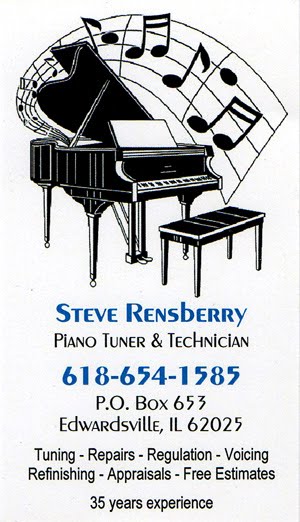“This information provides us with unique insight into the concerns of Californians. It is very telling that we’ve seen such a shift in opinions on cell phone use in just one year.”
In 2010, 21.5 percent of drivers thought that speeding and aggressive driving were the biggest problems, followed by cell phone talking and texting, which totaled 18.3 percent combined. In the latest 2011 results, speeding and aggressive driving dropped to 17.6 percent, while those worried about drivers using cell phones more than doubled to 38.8 percent. Drunk driving was next on the list, replacing last year’s “bad roads,” with 12.6 percent of respondents considering it most dangerous.
“This second year of surveying the opinions and habits of California’s drivers shows how quickly they react to the real problems we all face on the road,” said OTS Director Christopher J. Murphy. “This information provides us with unique insight into the concerns of Californians. It is very telling that we’ve seen such a shift in opinions on cell phone use in just one year.”
In the most distracting category, combined cell phone talking and texting jumped from 75 percent to 84 percent. Those who say they still use handheld phones for either talking or texting dropped from last year, while those who say that they have been hit or nearly hit by someone talking or texting on a cell phone increased.
Drivers are a bit more aware of the anti-drunk driving message, with more actually saying that they aren’t drinking at all. In addition, drivers are more aware of DUI checkpoints, and at a high 88 percent approval rate, the vast majority of California drivers support them as well. More people are also aware of the Click It or Ticket seat belt campaign and buckle up because of it.
The statewide survey was fielded in late summer and 1,801 drivers age 18 and over were interviewed at gas stations in 15 counties throughout California. The results will help the California Office of Traffic Safety and those involved in the Strategic Highway Safety Plan better identify and track driver attitudes, self-reported driving behavior, awareness of high visibility enforcement efforts and safety communications.
“Having this second year of results is very helpful,” Murphy said. “It has validated what we took from the first year and is beginning to show trends. It is providing valuable data for our planning, particularly in distracted driving programs and the emerging drugged driving problem.”
Additional results include:
- Drunk driving was the biggest safety concern of the 18-24 year old age group, at 30.3 percent, up from 11.5 percent in 2010. This age group also lead in those who report that they have recently had too much alcohol to drive safely.
- A larger percentage of drivers (40.4 percent) say they talk less on their phones while driving than last year (34.5 percent) because of the hands-free law.
- 45.8 percent say that they have made driving mistakes while talking on cell phones. 60.1 percent say that they have been hit or nearly hit by other drivers who were talking or texting.
- A higher percentage of 18-24 year olds than any other age group think that texting while driving is a serious distraction, yet more of them actually do text and drive than any other age group.
- There are differences between what Northern and Southern Californians think are the biggest problems. 33.2 percent of Southern Californians think texting ranks high, while 25.7 percent of Northern Californians think so. Similarly, 25.6 percent in the southland think drunk driving is the biggest problem while 15.2 percent in the north rank it at the top.
- 25-44 year-olds lead in hands-free cell phone talking, even though it is no more safe than hand-held talking.
- 71.9 percent think that the Report Drunk Drivers – Call 911 campaign has helped police make more DUI arrests.
- 88.3 percent support the use of DUI checkpoints









